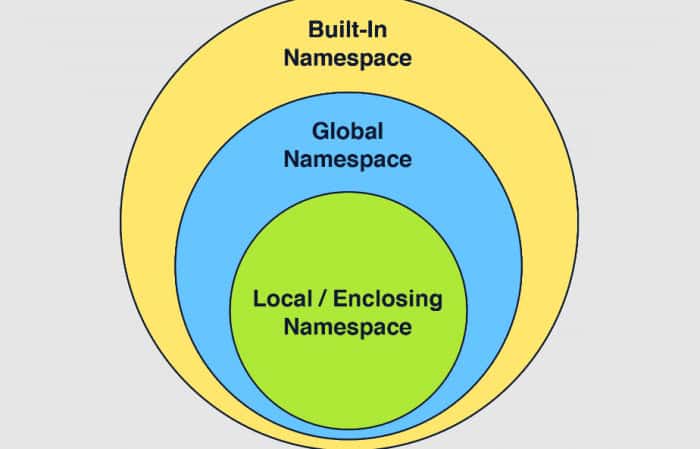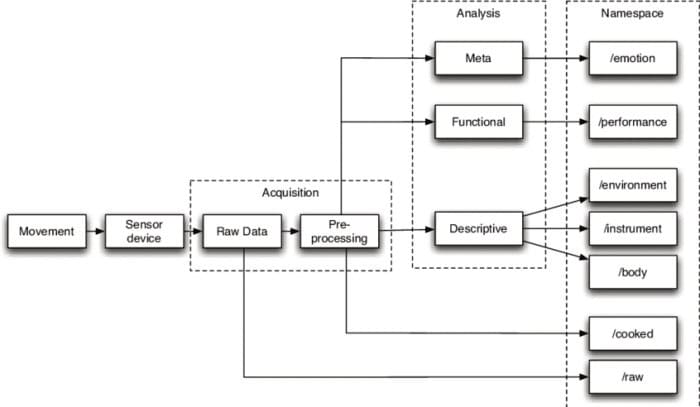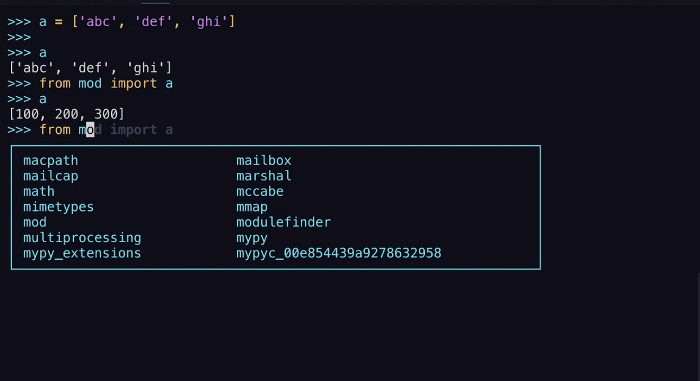Python is an easy-to-learn language and supports functional and object-oriented programming languages. It is often used as a scripting language for web development to create automated tasks, build software, conduct data analysis, etc.
What is Namespace in Python? Namespaces are like secret hiding spots for your variables, functions, and the nitty-gritty in your code. It is a way to implement scope. Namespace is a system that has a notable and unique name for every object in Python. The three types of Python Namespaces are local, global, and built-in namespaces.  Now, let’s see this step-by-step guide to learn more about Namespaces in Python.
Now, let’s see this step-by-step guide to learn more about Namespaces in Python.
See Also: What Is A Breakpoint In Python? Complete Guide
Table of Contents
Namespace in Python
Here are a few steps to know what Namespace in Python is.
Step 1: Understanding the Global Namespace
The global namespace stores all variables, functions, and objects you define outside any process or class. You are making them available to use anywhere in your code.
Imagine you have a cookie recipe that you want to share with everyone. You can jot it down on paper and leave it on the kitchen counter. The kitchen counter is your global Namespace, and the recipe is your object.
Using the global Namespace, you can easily share objects between different parts of your code, making them available in multiple functions and classes. Remember that any changes made to an object in the global Namespace will affect its value throughout your code.
Step 2: Understanding the Local Namespace
The local Namespace is your secret hiding spot, and it has its collection of objects only available within its boundaries. In Python, each function and class has its local Namespace. Defining a variable inside a function or style becomes part of that function’s or class’s local namespace.
Now, You want to share your secret cookie recipe with your best friend. You jotted it on paper and hid it in your bedroom drawer(Local Namespace).
This is useful for keeping objects separate from the global Namespace and defining things utilized within a specific function or class. This helps reduce the risk of any unintended side effects and aids in code maintenance.
Step 3: Understanding Namespace Hierarchy
Let’s see how step 1&2 works together. While looking for an object in Python, it starts with the local Namespace and then with the global Namespace—i.e., namespace hierarchy.
You and your best friend are searching for the secret cookie recipe. You start by looking in your bedroom while your best friend looks in the kitchen. Call it a division of labor to avoid confusion.
The namespace hierarchy ensures that Python always finds the correct object, even when defined in a different namespace. Manage objects in your code without any conflicts.
Step 5: Understanding Scoping Rules
Scoping rules are the rules that govern the behavior of namespaces. Python has two types of scoping rules: local and global.
- Local scoping rules apply to variables defined inside a function or class and are only accessible within the boundaries of that function or style.
- Global scoping rules apply to variables defined outside of any function or class and are available anywhere in your code.
If one friend only knows your secret recipe and another knows a ton of recipes along with your secret. The first can only bake cookies using your formula, but the second can bake a variety. In this case, the first friend represents a variable with local scoping rules, and the other represents a variable with global scoping rules.
Step 6: Understanding the Import Statement
The import statement is like the key that opens the door to a module’s Namespace. The import statement grants access to all the objects in a module for your code.
Imagine you have a friend who loves to bake cookies and has a vast collection of secret cookie recipes. You borrow the book for a variety of cookies. In this case, borrowing the book = import statement, the book is the module, and the recipes are the objects.
Step 7: Understanding the from-import Statement
The from-import Statement is like a shortcut that lets you directly access specific objects in a module’s Namespace without using the module name as a prefix.
Now your friend has a vast collection of secret cookie recipes. You ask your friend for a Christmas cookie recipe and use it. Ask your friend if the from-import Statement and the recipe book are the modules, and the formula is the object.
Step 8: Understanding the Statement
The as Statement is an alias for an object imported from a module. With the Statement, you can give a new name to a thing and use the new name instead of the original name.
If you can, ask your friend for a Leprechaun cookie recipe, and you name it LCookie. In this case, Lcookieis the Statement, the recipe book is the module, and the formula is the object.
See Also: Loops In Python: Everything You Need To Know
FAQs
How long does a namespace last?
The scope of the objects determines how long a namespace will survive; if the scope of an item expires, the Namespace will no longer exist. As a result, an outer namespace cannot access an inner namespace's objects.
How are namespaces implemented in Python?
Python namespaces are implemented as Python dictionaries, which means they are established by mapping names, or the dictionary's keys, to objects or values. To utilize namespaces and to develop Python programs, the user does not need to be aware of this.
What are the most namespaces you can have?
The number of namespaces is unrestricted. You are free to make as many as you like.
Can more than one class be stored in a namespace?
In the same application, two classes with the same name can be generated in two separate namespaces. No two classes may share the same name within a namespace.
How big is a namespace?
The Namespace Size (NSZE) column indicates the total number of logical blocks (LBA 0 through n-1) that make up the Namespace. The maximum number of logical blocks that may be assigned at any one moment is stated in the Namespace Capacity (NCAP) field.
What different namespace types are there?
Seven popular namespace types are still in use today. Let's take a quick tour of a brief description of what each kind performs using the residence as our example. The descriptions of each namespace type are provided below. We'll provide examples in later articles to demonstrate how each namespace functions.
Are two namespaces possible?
In the same file, several namespaces may also be specified. The two permitted syntaxes are. To integrate namespaces into a single file, this syntax is not advised. It is advised to use the alternative bracketed syntax instead.
Can private members exist in a namespace?
Declarations of one Namespace may be nested inside those of another. There are no access specifiers (Public or Private) in namespace definitions.
Can a name be used in more than one Namespace?
The same name may appear in many namespace blocks. Within such blocks, every declaration is made in the named scope.
Is Python's Namespace a keyword?
A namespace is a collection of symbolic names that are currently specified together with details about the objects to which each name refers. A namespace may be compared to a dictionary where the keys are the names of the things. The values are the actual objects.
Namespace is what kind?
An application's scope is typically defined by a namespace, a logical design-time naming convenience used to group classes and other kinds into a hierarchical structure.
In Python, how can I print a namespace?
The method dir() allows you to output the current Namespace or the list of names. This is what? Each time a new name is introduced to the Namespace, defining the function ‘birthday’ or the variable ‘Alice’ has the same impact on the Namespace.
In Python, how can you access the Namespace?
Call locals() to access the local namespace dict or vars(objname) to access the Namespace of any object. If you call locals() or vars() inside of a function, you will receive the Namespace that is now accessible as a dictionary, and it should not be updated.
Conclusion
In conclusion, Namespaces in Python is a unique organizational tool for identifiers to help you code with ease. Happy coding! Thus this must be a scholarly article to know what Namespace in Python is.
See Also: The 5 Best Java Code Visualizers

